

Isostatic Pressing Mold for Isostatic Graphite
Isostatic pressing is a key process to ensure the isotropy of isostatic graphite materials. The basic principle of isostatic pressure is Pascal's law, that is, in a closed container filled with liquid, the pressure applied at any point in the fluid must be transmitted by the same value to any part of the container. During isostatic pressing, pressure is transferred to the rubber mold through a liquid medium such as water, and the pressure is equal in each direction. In this way, the powder is not oriented in the mold in the filling direction, but compacted in an irregular arrangement. Thus, while graphite is anisotropic in its crystallographic properties, isostatic graphite is generally isotropic.
The formation of isostatic graphite is roughly divided into three processes: feeding, pressurization and decompression. The raw material powder is filled into the rubber mold, and the compaction becomes fine through high-frequency electromagnetic vibration. After loading the material, the mold is manually formed and then sealed. At this moment, the powder in the mold still contains a lot of air, which will affect the molding function and density of the product. Therefore, it is necessary to evacuate the sealed mold to remove the air between the powder particles. In the production of some spherical products, the powder should be pre-compacted into a sphere through compression molding, and then put into an isostatic pressing mold of the corresponding size, such as Chengdu Carbon Co., Ltd. In its published patent "a combination and pretreatment method of non-nuclear graphite materials", the molding process of first restricted molding and then isostatic pressing molding is adopted. After filling is complete, the mold is transferred to a high pressure vessel for restraint. The pressurization process needs to be carried out step by step. For example, the pressure is increased by 5 MPa for a while to partially discharge the remaining gas in the mold. At this point, the pressure in the high pressure vessel drops slightly because the powder is compacted and shortened in volume. The pressure was then raised again to about 20 MPa. After part of the gas is discharged, the volume of the powder is shortened again, and then the pressure is increased to the required working pressure, generally 100 to 200MPa, and kept at a selected high pressure for a period of time (20 to 60 minutes). ). The decompression process also needs to be carried out slowly, because a small amount of air must remain in the powder, and as the powder compresses, the volume decreases rapidly. If the pressure drops suddenly, these compressed gases will expand rapidly, causing the body to rupture.
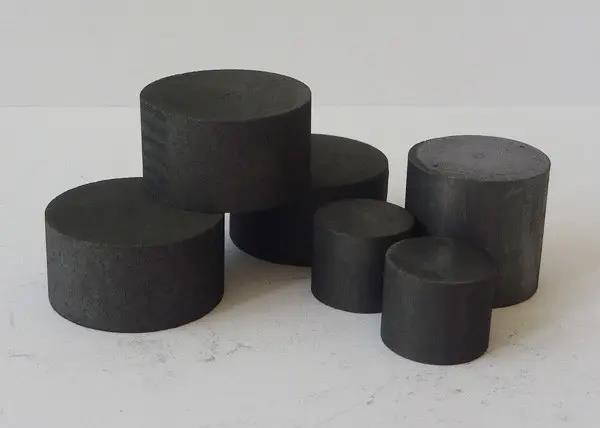
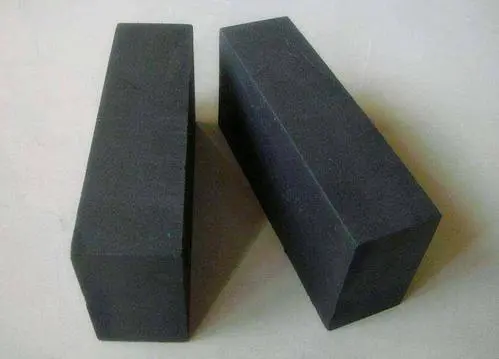
Jiangsu High Industry on the research and development and production of high-performance polyurethane isostatic pressing molds. Through in-depth cooperation with many isostatic pressing equipment manufacturers and in-depth study of the industry, the developed isostatic pressing polyurethane mold series products have the characteristics of long service life, high precision, small deformation, easy demoulding, etc., and are widely used in ceramics, etc. Static pressing mould, cemented carbide isostatic pressing mould, rare earth permanent magnet material isostatic pressing mould, graphite isostatic pressing mould, etc.
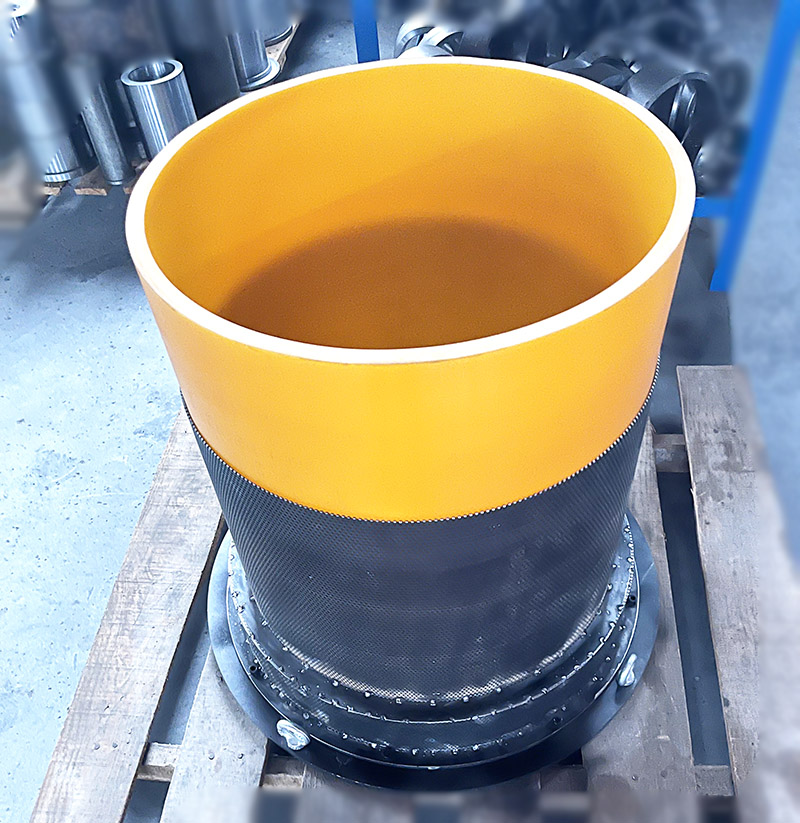
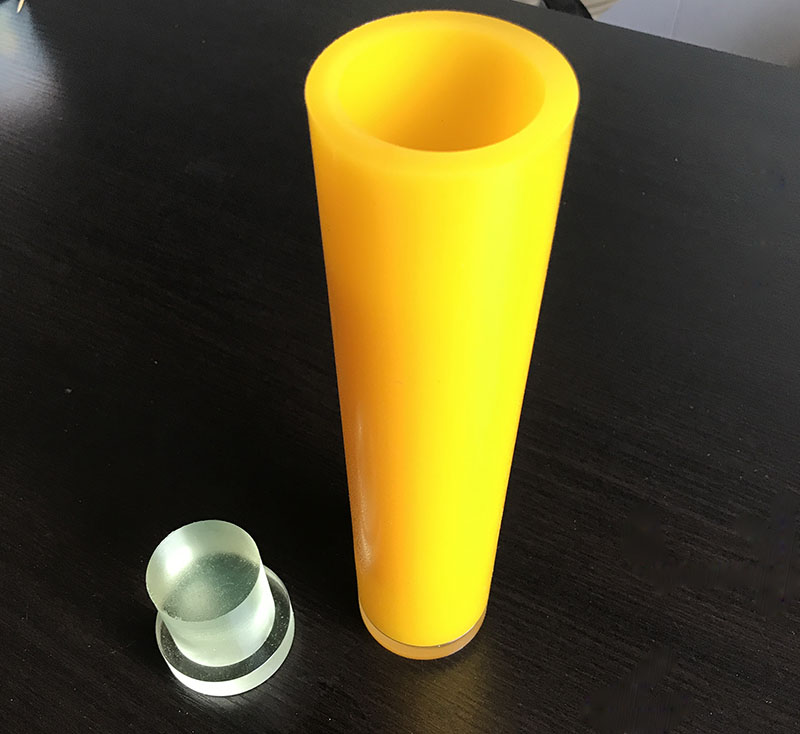
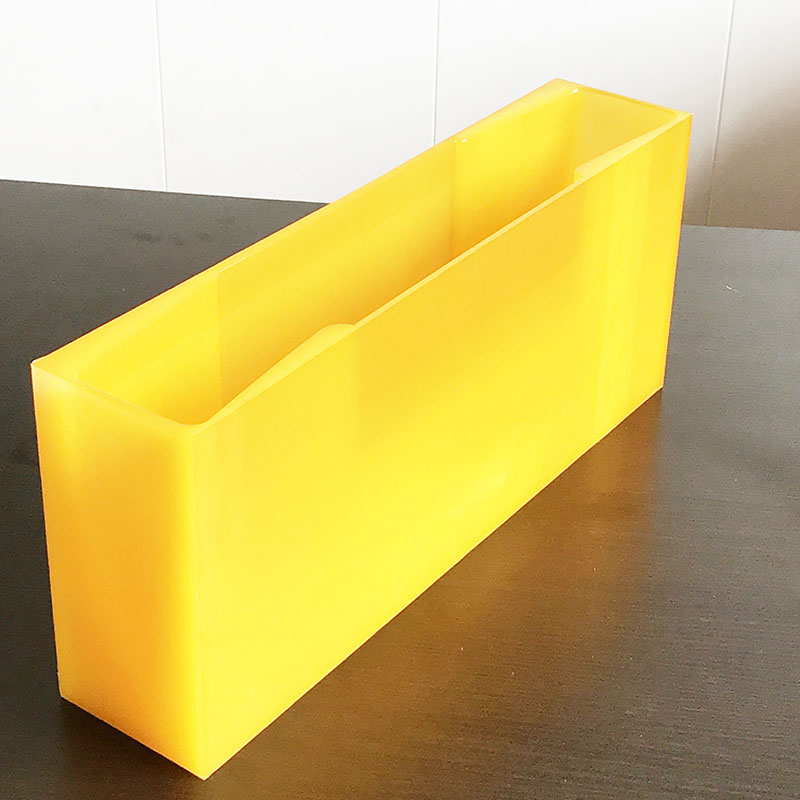
We support all kinds of customization, if you need it, please contact us.
Phone/whatsapp:+86 18234744811
Email:sales@highindustryco.com